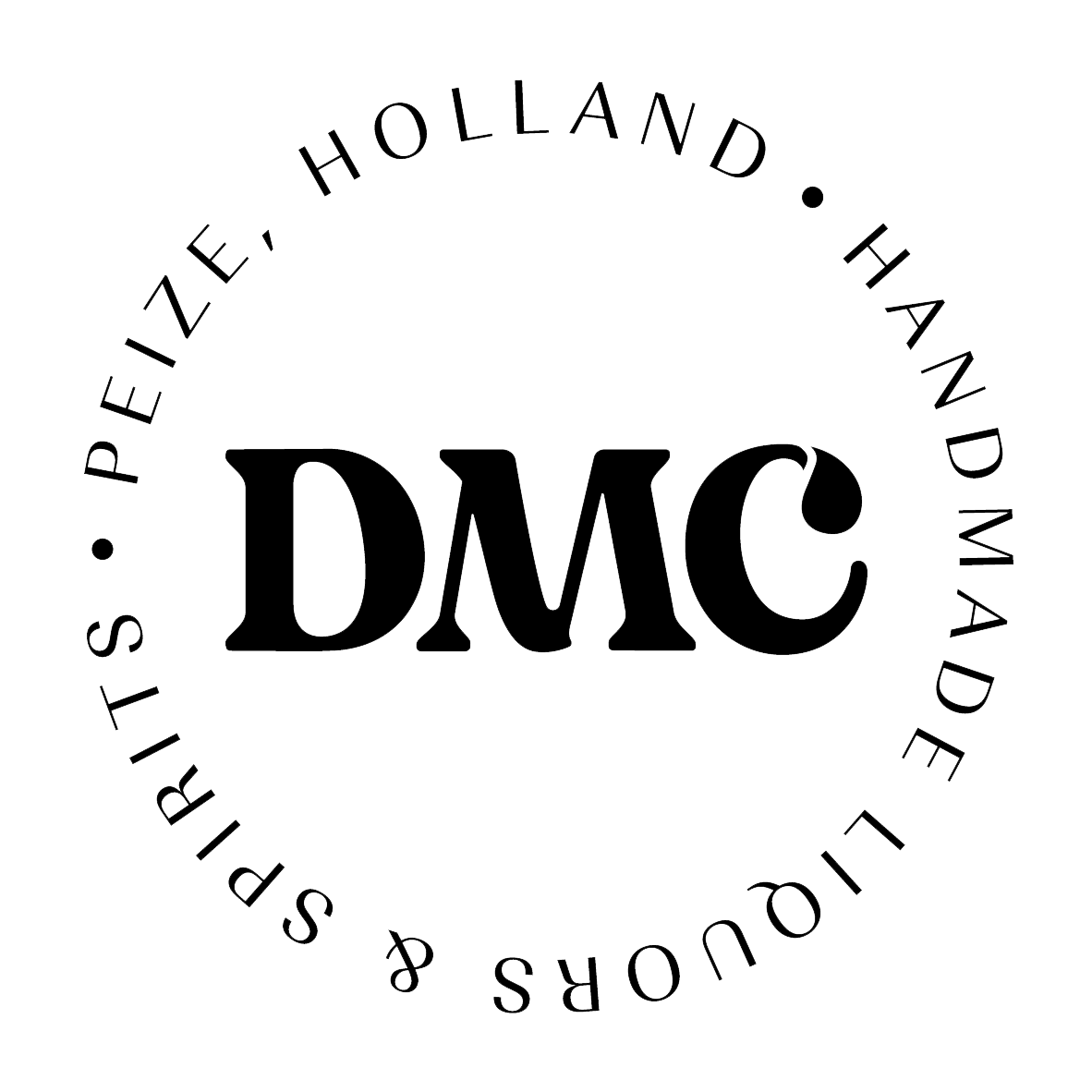The fields of science, technologies, engineering, and mathematics (STEM) get long been pillars of invention and progress. However , these kind of fields have historically already been characterized by significant disparities when it comes to gender, race, and socioeconomic background. Promoting equity in addition to inclusion in STEM is not only just a matter of social justice but additionally a necessity for fostering ingenuity, enhancing problem-solving, and driving scientific breakthroughs. By studying lessons from the past as well as developing strategies for the future, we can create a more inclusive in addition to equitable STEM landscape.
The history of STEM is crammed with examples of underrepresented categories making significant contributions in spite of facing substantial barriers. Ladies like Marie Curie, who have conducted pioneering research in radioactivity, and Rosalind Franklin, whose work was important the discovery of the GENETIC MATERIAL double helix, are often outlined as exceptional cases. However , many women and minorities who all contributed to STEM advancements were either overlooked or their achievements were assigned to their male counterparts. This specific historical marginalization has triggered a lack of role models as well as mentors for aspiring experts from diverse backgrounds.
Recognizing these historical injustices is the first step toward addressing all of them. Understanding the systemic barriers which have prevented equal participation within STEM is crucial for establishing effective strategies to promote equity. For example , the gender distance in STEM can be tracked back to early educational experience where girls are often disheartened from pursuing math along with science. Stereotypes and https://www.intelivisto.com/forum/posts/list/2237.page#6285 societal expectations play a significant position in shaping perceptions of who can be successful in BASE fields. Addressing these biases requires targeted interventions from various stages of the instructional pipeline.
One successful technique has been the implementation of courses aimed at encouraging girls as well as minorities to pursue ORIGINATE education from an early age. Endeavours like Girls Who Code and Black Girls Codes have been instrumental in offering young students with the expertise, confidence, and support was required to succeed in STEM. These packages not only offer technical coaching but also create supportive interests where students can see them selves reflected in successful function models. By fostering a feeling of belonging and providing mentorship, such initiatives help to dismantle the barriers that get the better of underrepresented groups from coming into STEM fields.
At the school and professional levels, mentorship and networking opportunities usually are critical for retaining diverse ability in STEM. Studies have revealed that individuals from underrepresented organizations are more likely to succeed when they have access to mentors who can provide instruction, support, and advocacy. Companies like the Society of Women Technicians (SWE) and the National Modern society of Black Engineers (NSBE) have long been at the mind of providing these necessary resources. These organizations but not only connect students with mentors but also create platforms regarding sharing experiences, challenges, in addition to strategies for overcoming obstacles.
Inclusive policies and practices within just academic and professional institutions also play a vital role to advertise equity in STEM. For example implementing unbiased hiring methods, providing equal opportunities to advance, and ensuring that work environments are free from discrimination in addition to harassment. Institutions must also be proactive in addressing play acted biases that can affect decision-making processes, from hiring to funding allocations. Training applications on diversity, equity, in addition to inclusion can help to raise awareness and change behaviors in both individual and institutional levels.
Financial support is another critical component in promoting collateral in STEM. Scholarships, grants, and fellowships targeted at underrepresented groups can alleviate the particular financial barriers that often obstruct access to higher education and analysis opportunities. Additionally , funding organizations should prioritize diversity within their grant-making processes, ensuring that scientists from diverse backgrounds have got equitable access to resources.
The need for data in promoting equity and inclusion cannot be overstated. Gathering and analyzing data around the demographics of students, skills, and professionals in COME fields can help to identify interruptions and measure the effectiveness of concours. Transparent reporting and responsibility mechanisms are essential for driving progress and ensuring that fairness initiatives are not merely outstanding but lead to tangible solutions.
Looking forward, the future of equity and also inclusion in STEM depends on sustained commitment and collaborative efforts from all stakeholders. Governments, educational institutions, industry market leaders, and nonprofit organizations must work together to create systemic modify. This includes revisiting and studying educational curricula to include varied perspectives and contributions, marketing STEM careers through press and outreach, and promoting partnerships that bring information and opportunities to underserved residential areas.
Technological advancements also offer new opportunities for promoting money in STEM. Online programs and digital tools could democratize access to education and training, reaching students with remote and underserved locations. Virtual mentorship programs, on-line coding boot camps, and also digital libraries of informative resources can bridge typically the gap for those who lack use of traditional educational institutions. Moreover, the actual rise of interdisciplinary fields such as data science and bioinformatics creates new walkways for diverse talent to and thrive in STEM.
As we strive to promote value and inclusion in STEM, it is important to remember that diversity is not merely about representation but also with regards to creating an environment where all individuals can contribute his or her perspectives and talents. Simply by learning from the past as well as implementing strategic, inclusive techniques, we can build a future exactly where STEM fields are truly reflective of the diverse modern society they serve. This not only enhances the scientific enterprise but in addition ensures that the benefits of scientific along with technological advancements are discussed equitably across all residential areas.



